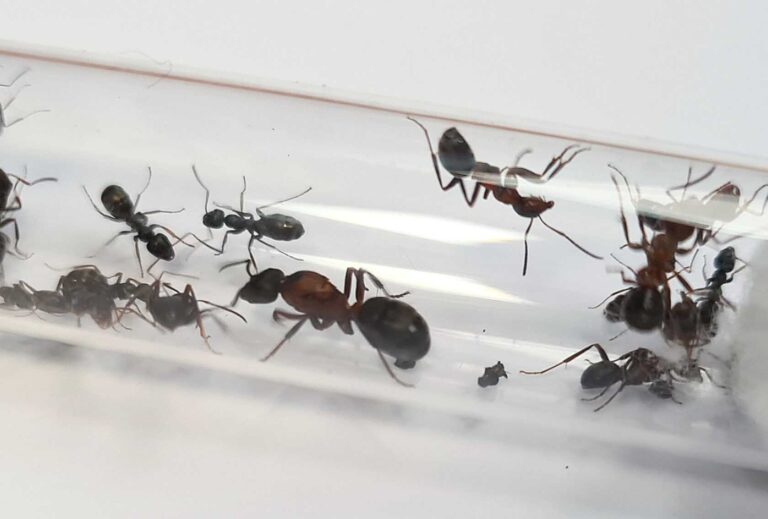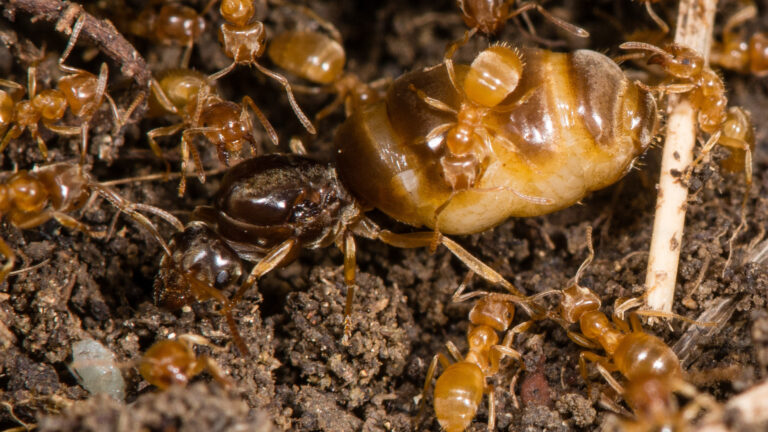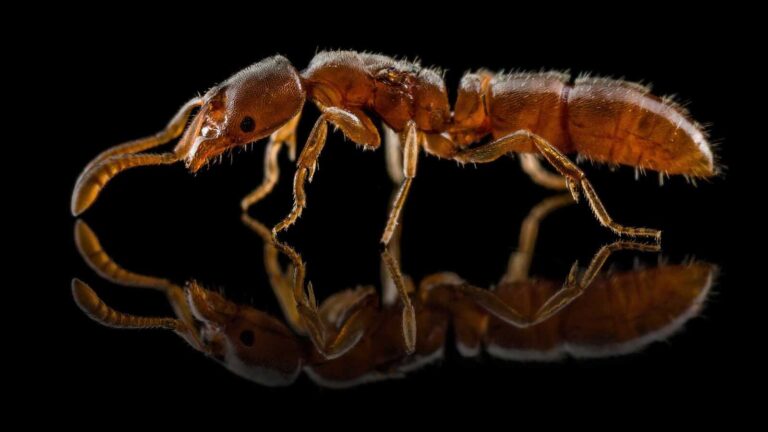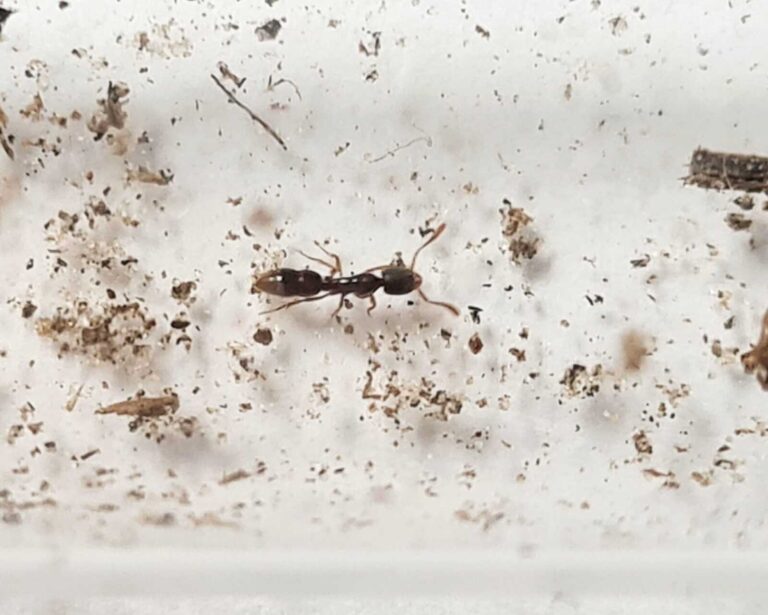Showing 21–24 of 24 results
- Queen 24
- Queen and 1-50 workers 2
- Queen and 1-3 workers 22
- Queen and 4-10 workers 22
- Queen and 11-20 workers 22
- Queen and 21-40 workers 22
- Queen and 41-60 workers 21
- Queen and 61-100 workers 17
- Queen and 51-100 workers 2
- Queen and 101-200 workers 5
- Queen and 201-500 workers 2
- Queen and 501-1000 workers 1
- 2 Queens 3
- 2 Queens and 1-50 workers 1
- 2 Queens and 1-3 workers 1
- 2 Queens and 4-10 workers 1
- 2 Queens and 11-20 workers 1
- 2 Queen and 21-40 workers 1
- 2 Queens and 41-60 workers 1
- 2 Queens and 101-200 workers 1
- 2 Queens and 51-100 workers 1
- 3 Queens 1
- 3 Queens and 1-50 workers 1
- 3 Queens and 51-100 workers 1
- 3 Queens and 101-200 workers 1
Formica sanguinea is a captivating ant species with polygynous colonies that can have multiple queens. These medium-sized colonies contain up to 5000 ants, making them an interesting choice for ant enthusiasts. The queen ants measure 9-12 mm in length.
Lasius flavus is a peaceful, slow-growing species best suited for patient keepers who enjoy subtle colony dynamics over flashy surface activity. Their unique subterranean behavior, gentle disposition, and aphid-farming instincts make them a fascinating contrast to surface-foraging species like L. niger or L. alienus. Ideal for naturalistic setups and long-term observation, L. flavus offers a deep look into the hidden world beneath our feet.
Summary: Plagiolepis pygmaea is a monogynous ant species with a colony size of up to 1000 workers. They have a medium development rate and their queen measures 3-4mm while the workers measure 1.3-2mm. They are brown-yellow in color and their diet consists of food insects, syrup, fruit, vegetables, jelly, and cooked chicken without salt.
Ponera coarctata is a polygynous ant species with a slow development speed. The colony size can reach up to 100 workers. The queen has a size of 4-6mm, while the workers are 2.3-3.5mm in size. They are black in color and primarily feed on food insects, syrup, fruits, vegetables, jelly, and cooked chicken without salt. The ideal humidity for this species is not specified.







